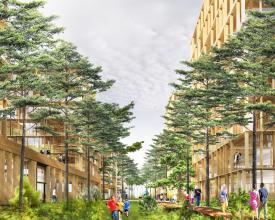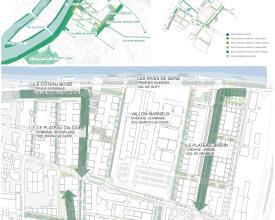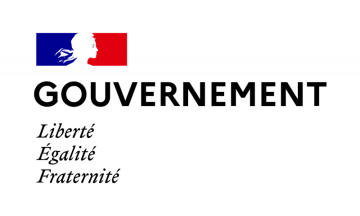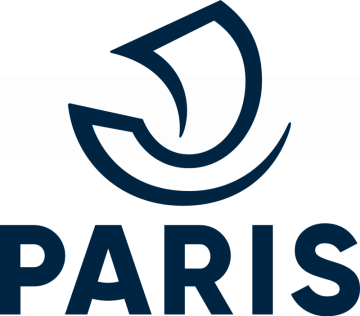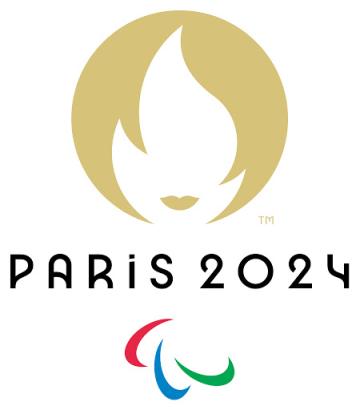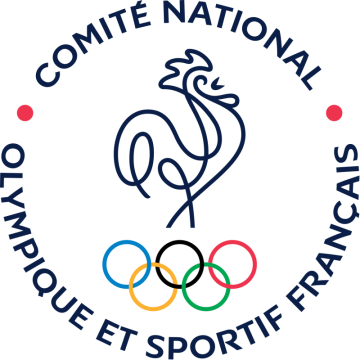
Biodiversity at the heart of planning for the Olympic and Paralympic Games Paris 2024
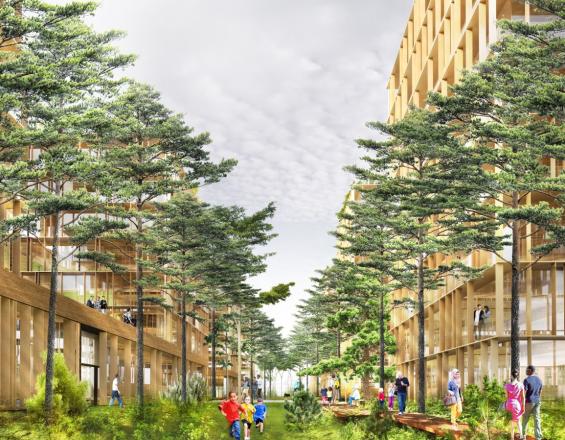
As Paris successfully hosted the Olympic and Paralympic Games in 2024, SOLIDEO, the agency created to deliver the venues, placed the social and ecological legacy of the Games at the heart of the design process. The development of the new Olympic Village in La Seine-Saint-Denis became a leading example of sustainable design, demonstrating how rich biodiversity can thrive in dense urban areas.
Paris 2024 marked a new era for the Games—one that was more environmentally friendly and supportive. The sober Games concept relied 95% on existing or temporary equipment to limit pressure on habitats. A specific preservation strategy was implemented to assess and manage the Games' impact across five sustainable pillars. Urban biodiversity played a central role, encompassing both remarkable and ordinary biodiversity—nature that was left untouched and nature that was integrated as much as possible. Paris 2024 went beyond preservation by identifying regeneration opportunities for the urban sites that served the Games.
Impacts
SOLIDEO’s transformative development plans for the new Olympic Village in district La Seine-Saint Denis include:
- Adding 7 hectares of new green spaces, which will offer space for biodiversity while also promoting physical activities and sports for citizens.
- Increasing ecological connectivity by enhancing the river corridor, by creating biodiversity corridors along railways & bike paths, and by including an ecological loop through the Village.
- Installing rooftop gardens with different habitat types that act as stepping stones for smaller, mobile creatures like birds and pollinators.
- Establishing five distinct native habitat types by using native vegetation – particularly climate change resilient species from native shrubland and mesophilic meadows – will bring diversity within the habitats as well as throughout the district.
- Incorporating rain gardens with a mix of wetland species and special resources such as dead wood, rock piles and bug houses will capture run-off and provide urban cool spaces where wildlife can complete their life cycles.
Addressing potential conflicts between spaces for people and for nature such as the use of wild-life friendly lightning that enhances night-time safety while minimising disturbance for nocturnal animals or the placing of a noise barrier between the expressway and the Village.


